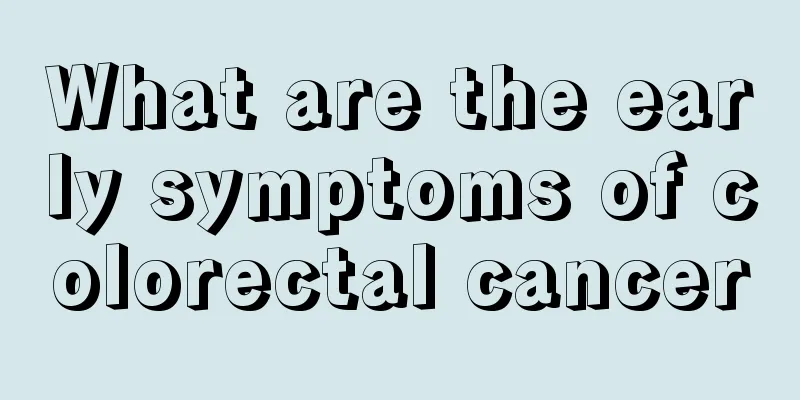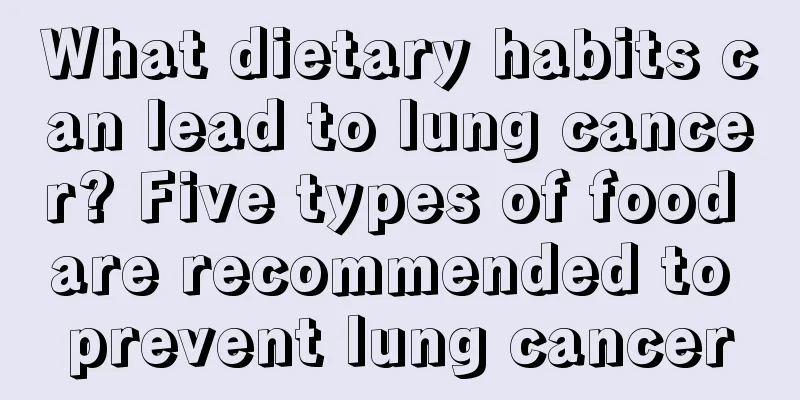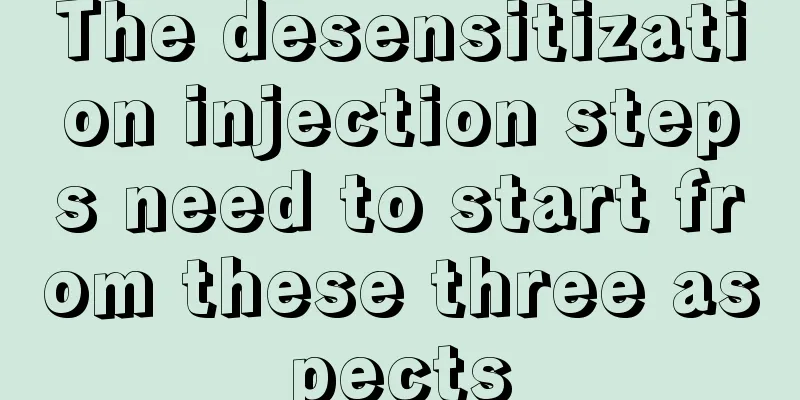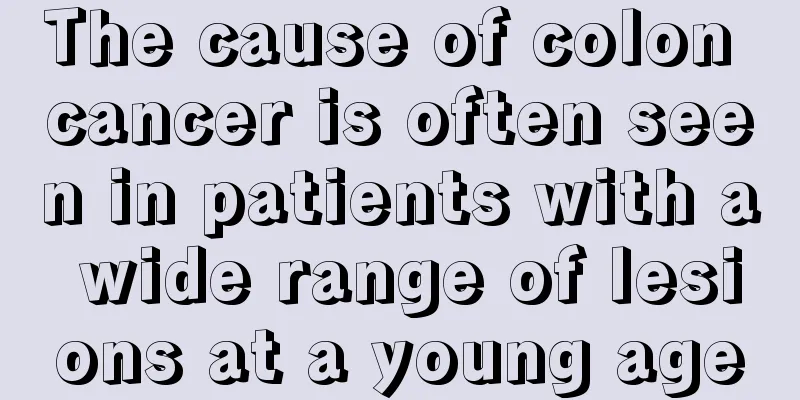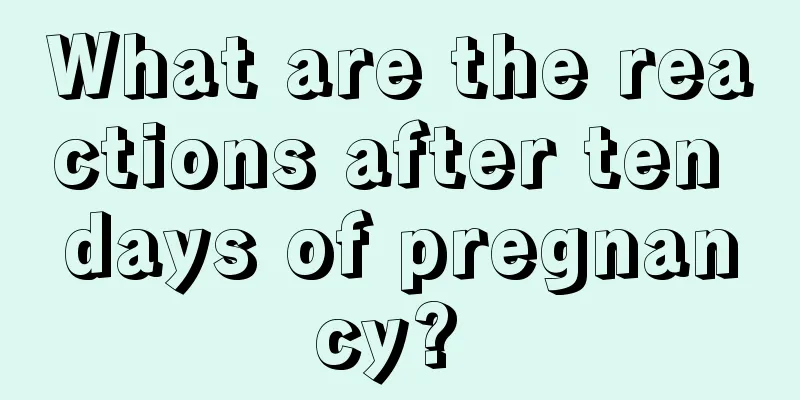Sequelae after gallbladder puncture and drainage

|
Any part and organ in the human body has the chance of developing disease, and the causes of these organs' diseases are often related to many of the individual's lifestyles. If you want to confirm the specific disease when your gallbladder is suffering from a disease, sometimes you need to undergo a gallbladder puncture and surgery. Although this surgery is currently a relatively simple one, it may also have some health effects on the patient after the surgery. About Gallbladder Drainage Once patients with gallstones develop common bile duct stones and blockage, they may develop life-threatening acute suppurative cholangitis. At this time, the condition is often serious and patients often have symptoms of infectious shock. At this time, patients have poor tolerance for surgery and the risk of surgery is high. Therefore, gallbladder puncture and drainage can temporarily relieve bile duct obstruction with minimal trauma, which most patients can tolerate. Cholecystectomy refers to the percutaneous puncture of the peritoneal gallbladder to drain the bile accumulated in the gallbladder, thereby alleviating the symptoms of bile tract infection. Combined with active fluid replacement, anti-infection and other supportive treatments, biliary tract infection can be temporarily controlled. Although gallbladder puncture and drainage can temporarily alleviate the patient's infection symptoms, it also has the risk of causing bile leakage, bleeding at the puncture site, infection, etc. The most important thing is that the bile duct stones have not been removed and recurrence of infection may occur at any time. Therefore, it is necessary to actively provide anti-infection and fluid replacement while completing relevant preoperative preparations. After the patient's condition stabilizes, surgical stone removal treatment should be performed. Only by removing the stones can the obstruction be truly relieved and the patient's condition completely cured. Complications after gallbladder puncture and drainage Gallbladder leakage, bile peritonitis, bleeding, etc. Indications 1. Acute suppurative cholecystitis, patients with critical condition or old and weak body, or patients with serious heart, lung, liver, or kidney diseases who cannot tolerate Cholecystectomy. 2. Acute severe cholecystitis, when the intrahepatic bile duct is not obviously dilated but the gallbladder is significantly enlarged, the patient can use the bile Cyst drainage reduces bile duct pressure. 3. Patients with common bile duct obstruction and gallbladder enlargement, especially those with critical condition after PTCD failure. Contraindications 1. People with severe bleeding tendency. 2. Those whose gallbladder is in a free state. 3. The gallbladder is not clearly displayed or there is no suitable puncture needle insertion route. 4. Patients with Charcot triad, and B-ultrasound shows small gallbladder and dilated bile duct. 5. Patients with diffuse peritonitis and suspected gallbladder perforation. 6. Thick gallbladder wall, suspected of cancer. 7. Large amount of ascites. Precautions 1. Minimize damage to the liver and gallbladder. 2. Avoid puncture and catheterization during deep breathing or deep breathing. It is best to hold your breath in a calm breathing state. 3. Puncture and catheterization should be performed when the ultrasound image is clear. Postoperative Care 1. Ask the patient to lie flat for 24 hours and avoid large movements to prevent the cannula from coming out. 2. Observe the patient's subjective symptoms, blood pressure, pulse, bile flow and properties. 3. Use hemostatic drugs according to the patient's condition. 4. Regularly observe the position of the drainage tube (the length of the part left outside the body) and adjust it in time. 5. Use sensitive antibiotics for treatment based on the bacterial culture results. 6. Patients need to fast for 24 hours after surgery, and gradually resume their diet after confirming that no complications have occurred. They should eat small meals frequently and be given a low-fat, high-protein, easily digestible semi-liquid diet. |
<<: Will the right aortic arch heal itself?
>>: What are the dangers of aortic valve thickening
Recommend
How to extract fresh aloe vera juice
Aloe vera is a perennial herb with natural repair...
Specific drugs for treating ovarian tumors
Traditional Chinese medicine has less toxic side ...
The harm of chewing gum
Chewing gum is a favorite food of many people, bu...
The efficacy and function of single-sided needle
The single-sided needle has the effects of promot...
What are the early symptoms of cervical cancer
Cervical cancer is a malignant tumor that occurs ...
What are the dangers of having pancreatic cancer
The causes of pancreatic cancer are sometimes une...
What are the symptoms of rectal cancer in boys
Nowadays, there are many diseases that seriously ...
What juice can cure constipation
In fact, many people are very worried about their...
What is the correct way to water flowers with rice water
Now that living conditions are better, more and m...
Basic knowledge about endometrial cancer
The uterus is a very fragile organ in our human b...
What are the differences between synovitis and rheumatism
Many people cannot distinguish between synovitis ...
Can I smoke if I have rectal cancer? Does it have any effect?
It is best for patients with rectal cancer not to...
Benefits of facial acupuncture
When some people go to a beauty salon for a facia...
Can tongue cancer be cured?
Tongue cancer causes patients to suffer physicall...
What types of cough syrup are there
With the continuous progress of society, food, bu...
